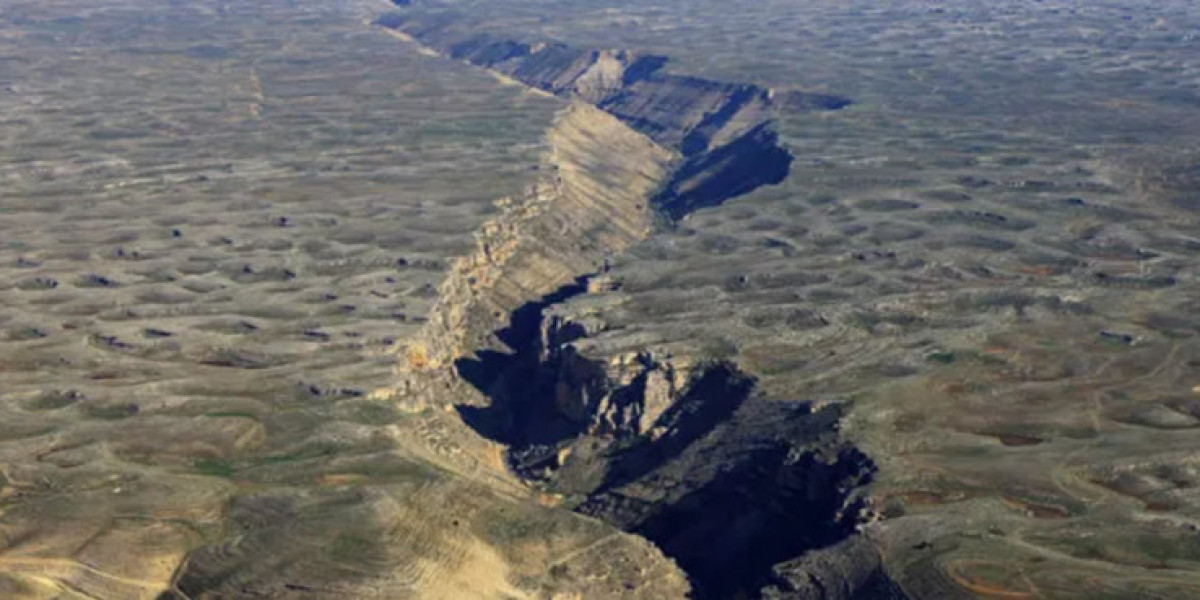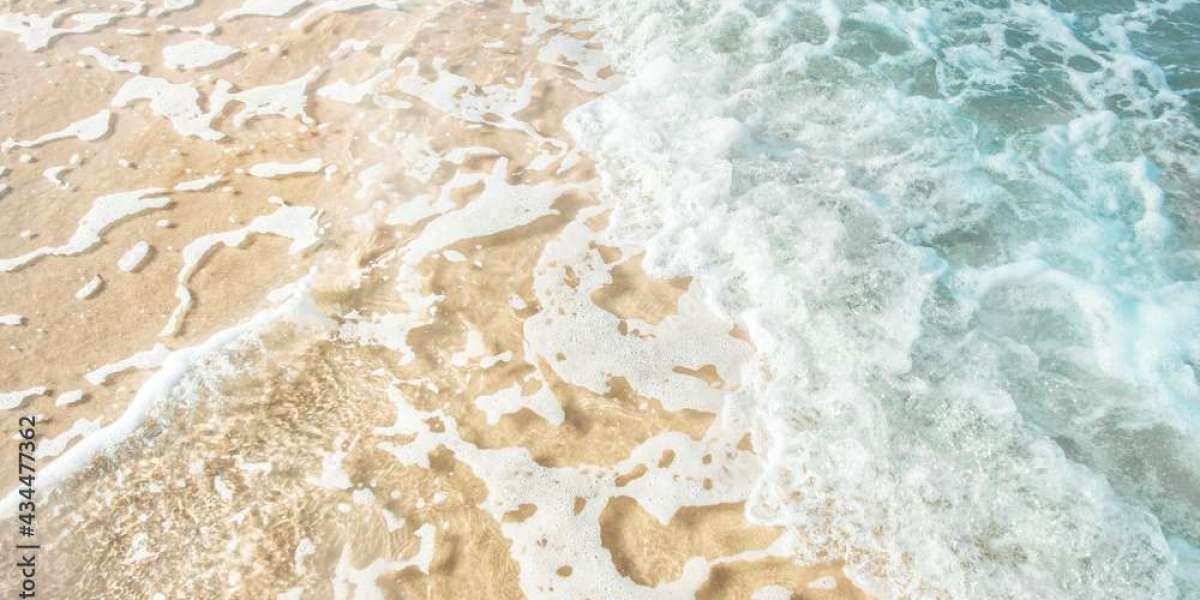This monumental clash has been shaping the region for about 60 million years, carving out the iconic peaks that define the landscape. Yet, the real fascination lies deep beneath the surface, where the tectonic forces at work remain enigmatic.
Unlike dense oceanic plates, continental tectonic plates are thick and buoyant, resisting subduction into the Earth's mantle during collisions. This unique characteristic has led scientists to debate the Indian Plate's behavior in its ongoing collision with Eurasia.
One hypothesis suggests the plate resists subduction entirely, sliding horizontally beneath Tibet. Another posits that the upper, buoyant part of the Indian Plate crumples at the collision's edge, enabling the lower portion to subduct into the mantle.



